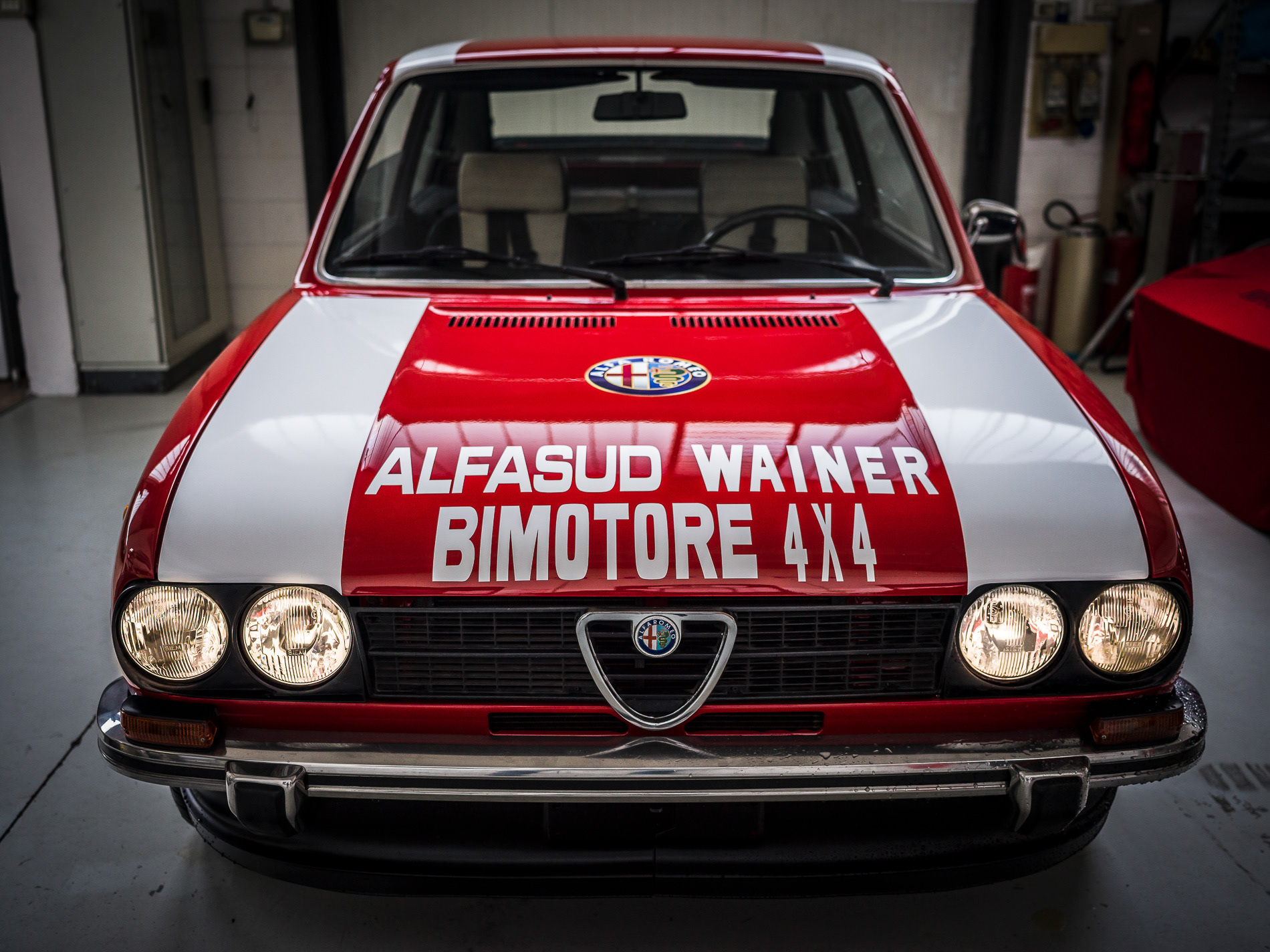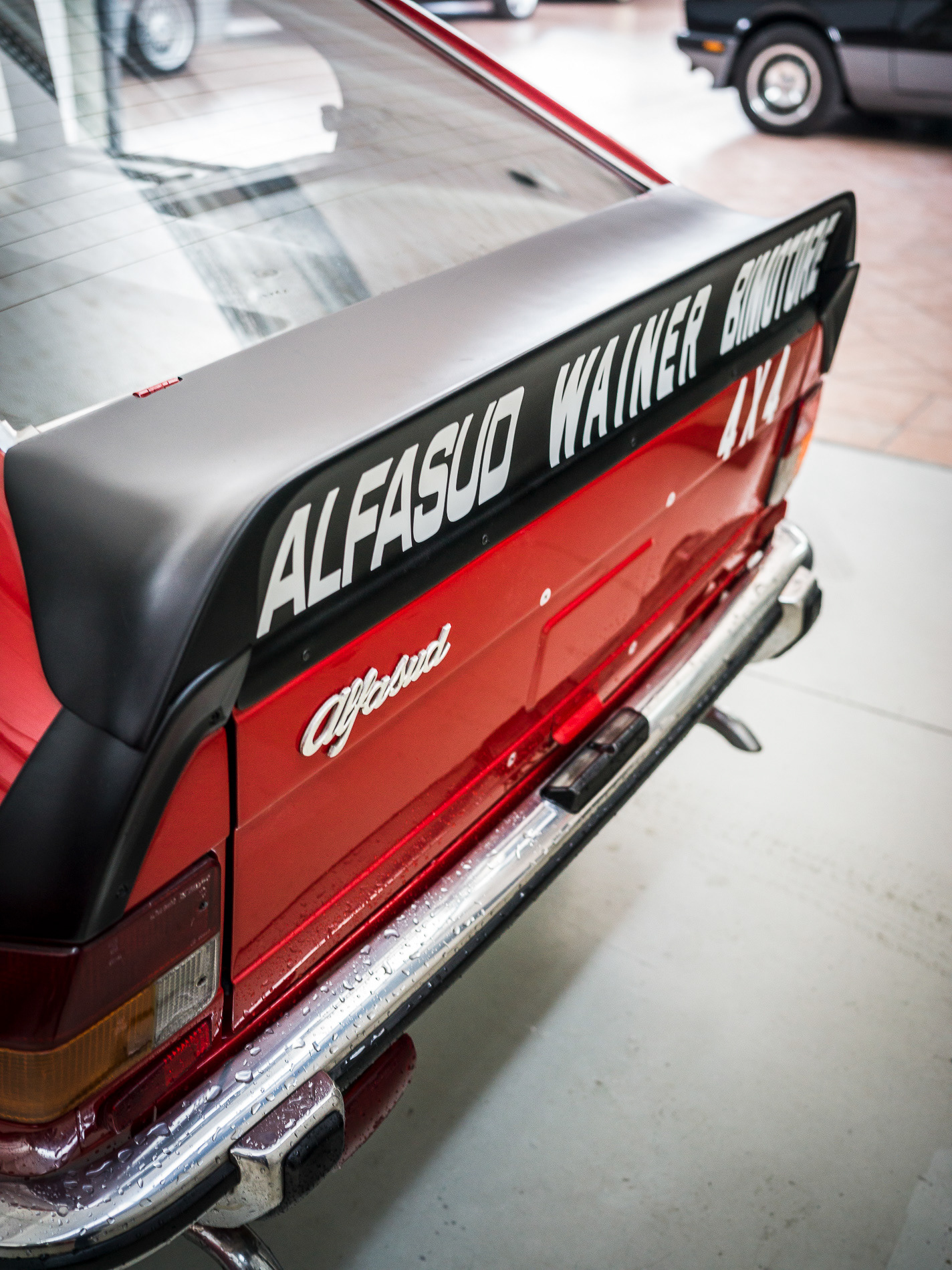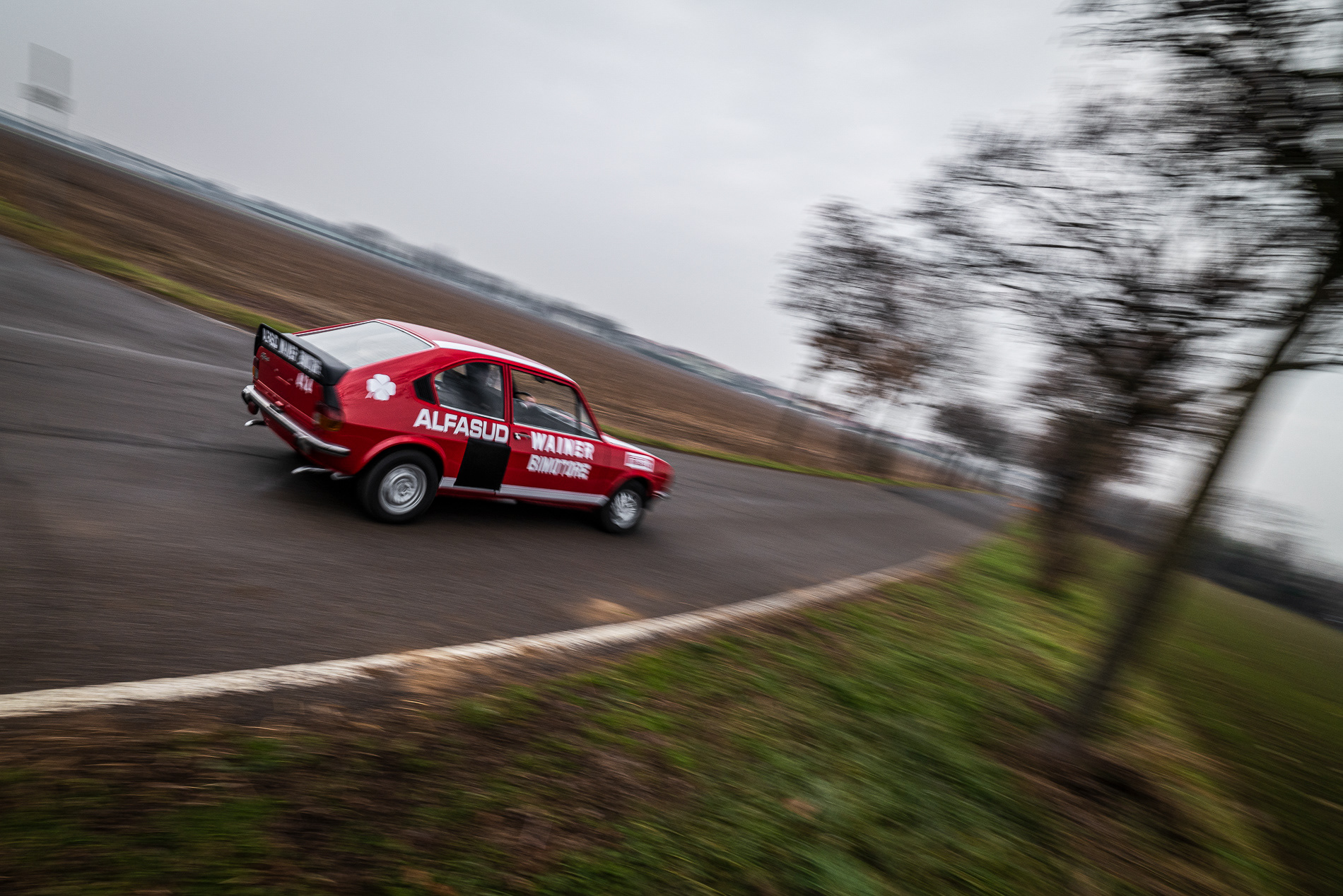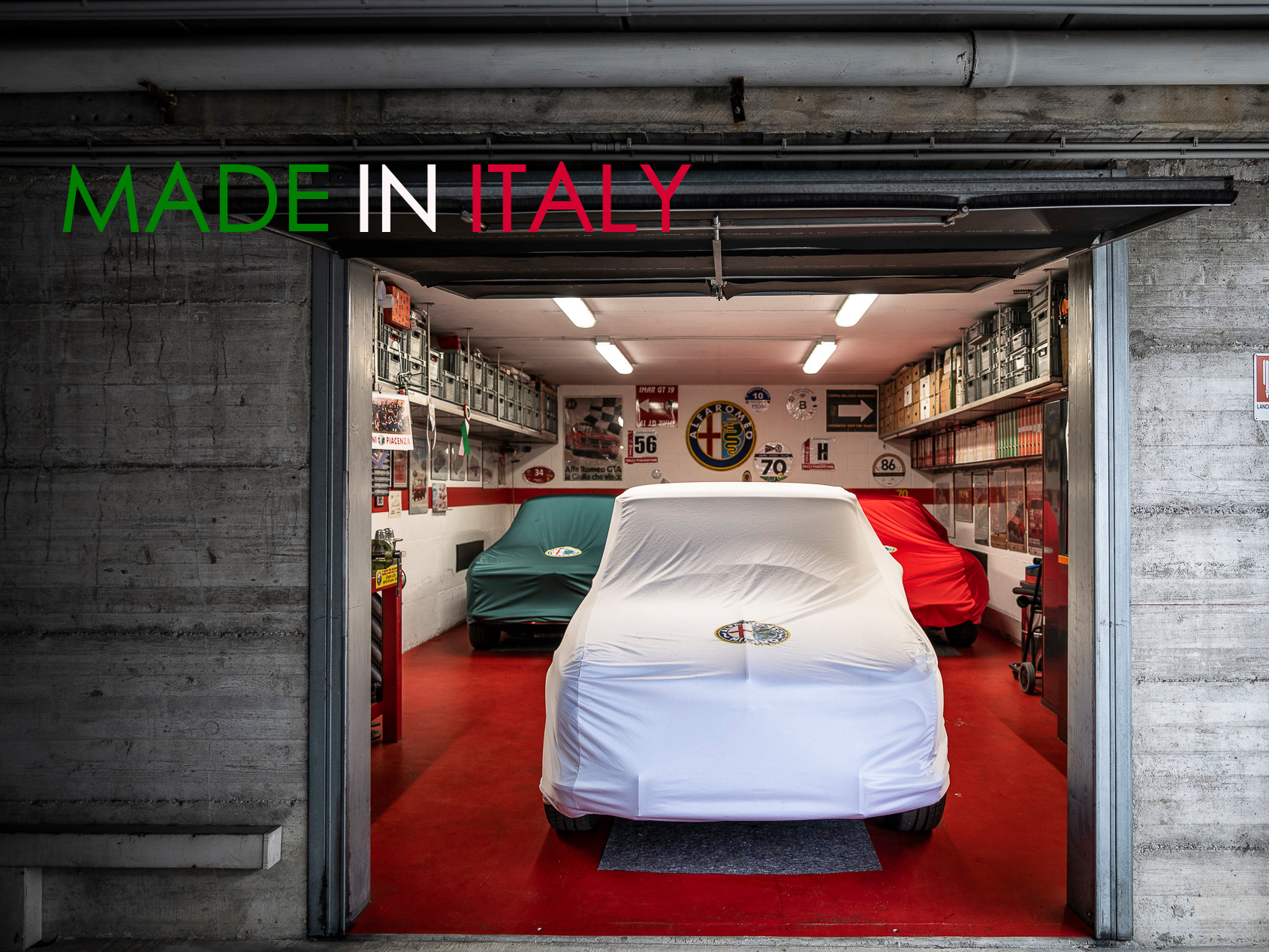When we talk about Alfa Romeo, we are not only referring to the passion but also to the innovations that the Milan-based car manufacturer has introduced over the years on its models.
One of the first applications of the double overhead camshaft distribution (DOHC) dates back to 1914, one of the first injection systems was introduced in the 40s. The Alfa Romeo 1900 was the first to introduce the monocoque concept, without forgetting the use of the transaxle transmission which was the Alfetta's strong point and thanks to this solution a perfect weight distribution was obtained, benefiting the driving dynamics.
We have to wait until 1974 to see the birth of a unique car, not a new idea actually because as early as 1935 Alfa Romeo, on the recommendation of Enzo Ferrari, built the 16C Bimotore to be involved in racing, but at least pioneering.
In fact, the idea was to combine the engine and front drive with a rear engine that controls the rear axle…therefore a real all-wheel drive.
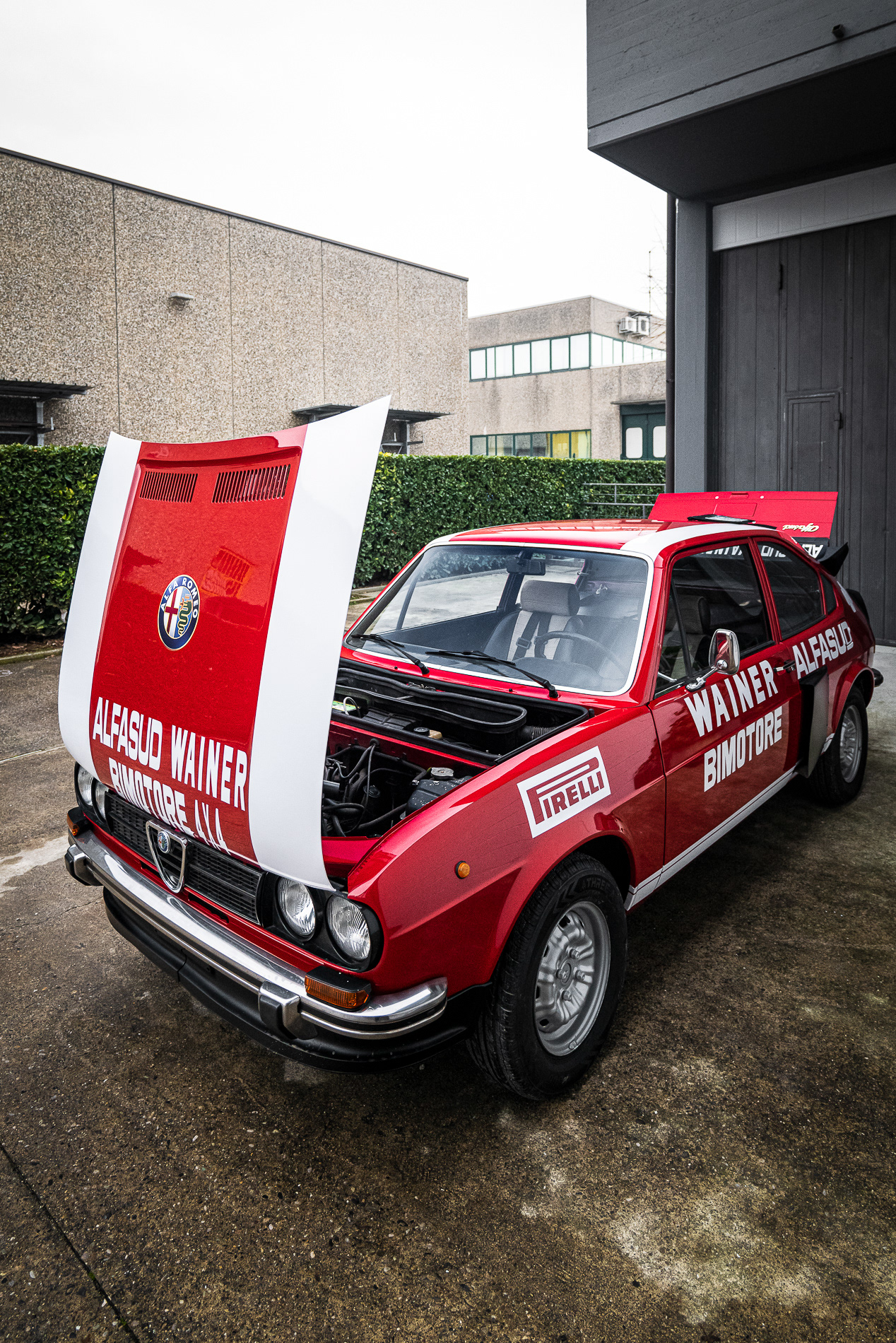



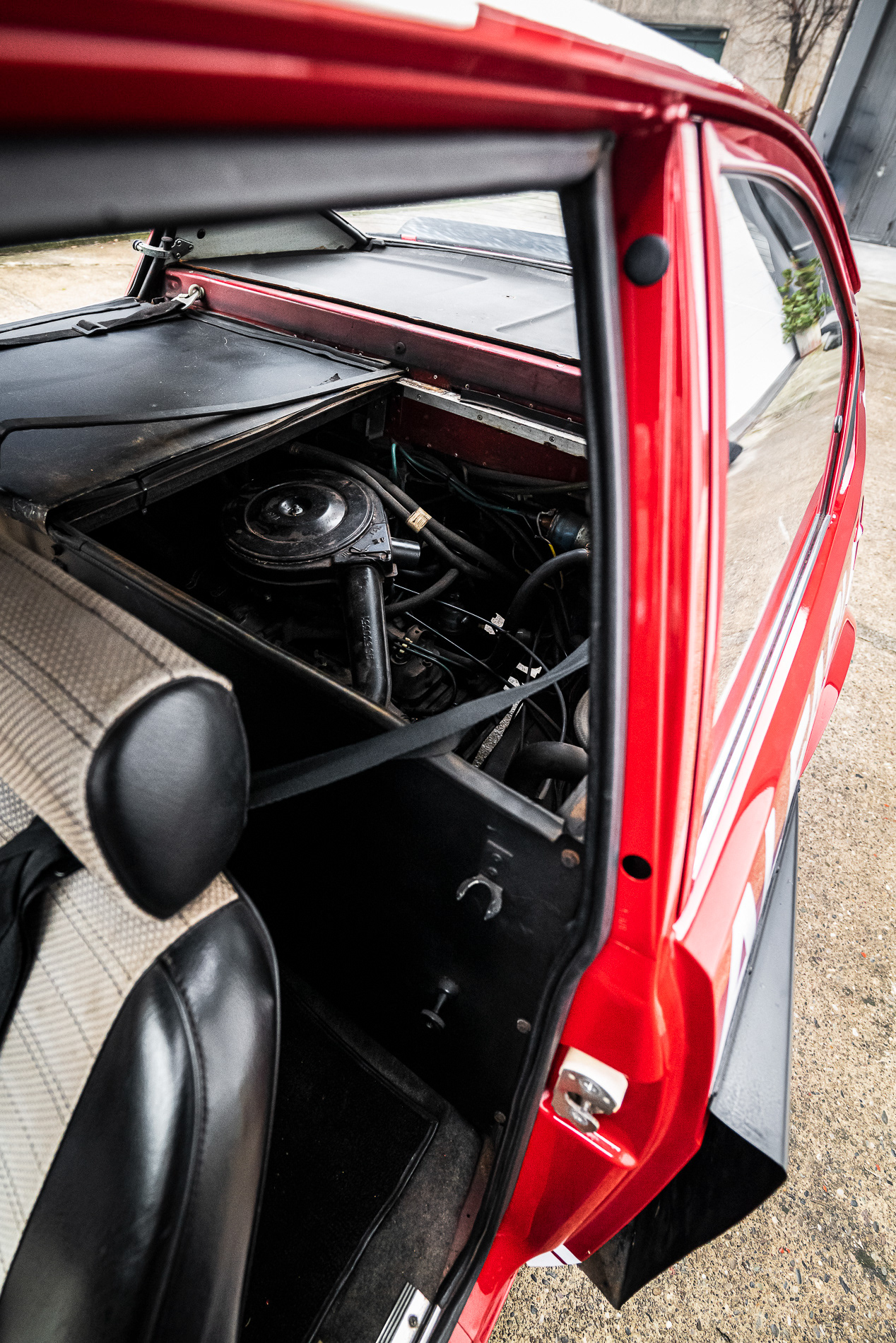



The intent was to make Alfasud competitive in the world of rally and racing in general. The crazy idea came to the well-known tuner Gianfranco Mantovani who became a consultant for Autodelta, the racing department of Alfa Romeo.
Gianfranco "Wainer" Mantovani's intuition was remarkable: transform a compact front-wheel drive car into an all-wheel drive car. Years before 4x4s became the rulers of rallies.
The Alfasud TI 1200 was chosen, which for Alfa Romeo is the second best-selling car ever.
The rear axle was completely emptied, the rear seats eliminated and the space and supports created to install a second engine identical to the front one: a four-cylinder 1186 cc boxer engine with 79 horsepower. The new fuel tank of approximately 80 liters was created in the luggage compartment, a pump added to operate the clutch of the second engine, and the second gearbox connects the gear-lever. It was added a separate exhaust gas system for the second engine and the instrumentation was doubled to monitor both engines. Two black side air intakes were introduced, where a pair of radiators with an electric fan were located to cool the second engine.
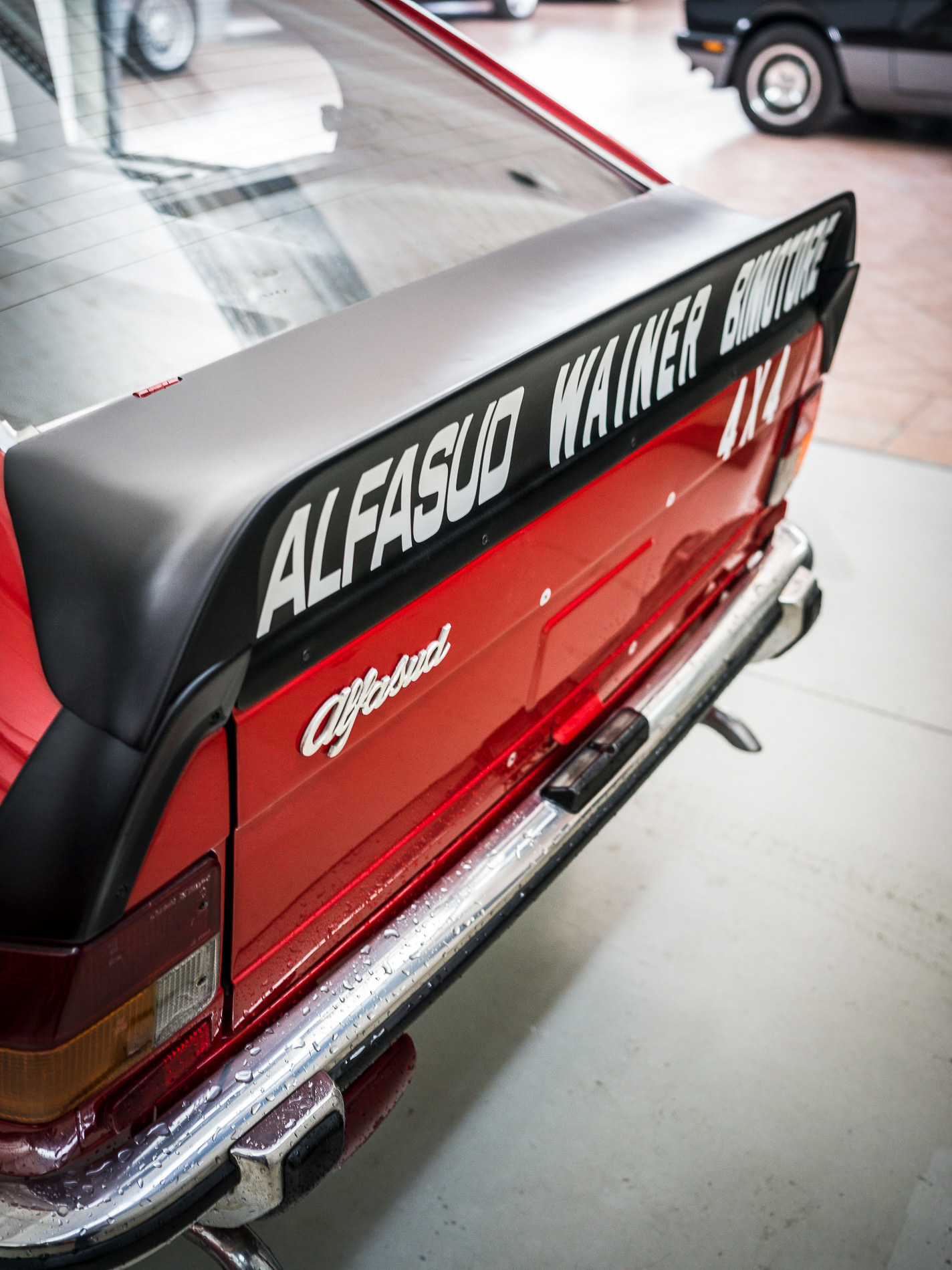

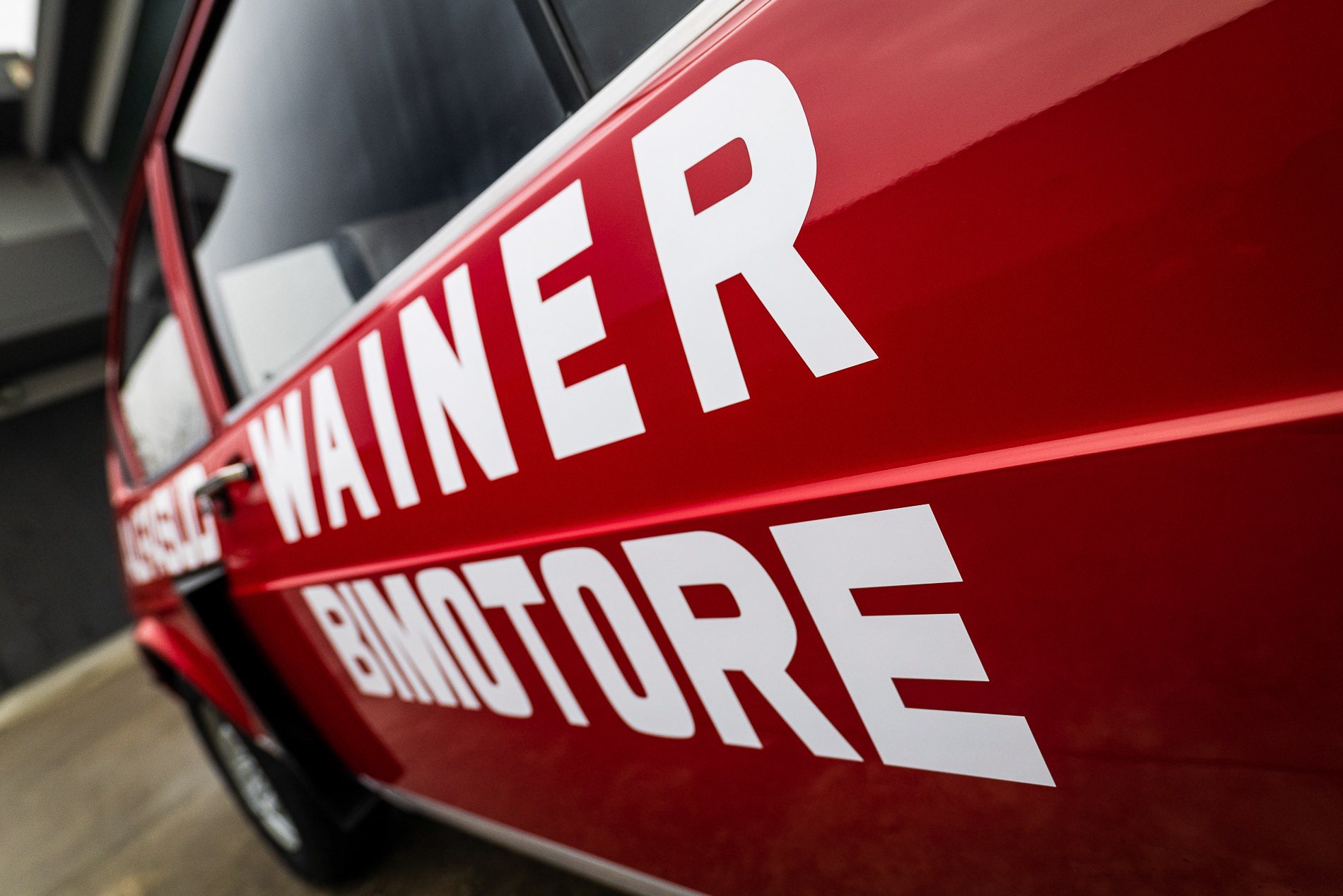



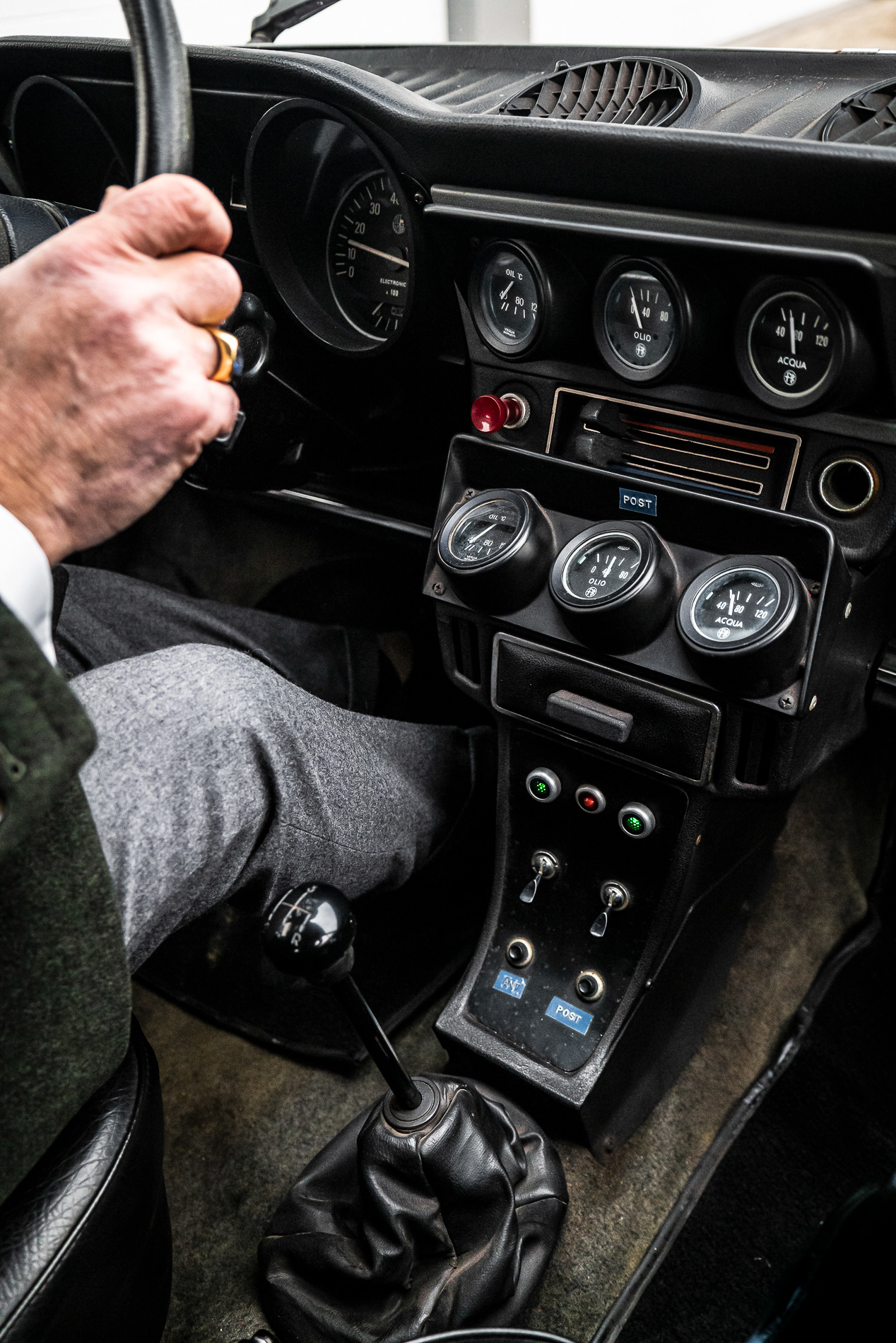

Wainer's Alfasud was purchased by the current owners in an aesthetic condition that no longer conforms to the original: there were no longer the writings and stickers and the body had three different shades of red.
A careful refurbishment of the bodywork with the reproduction of all the stickers has brought the car back to its original condition, while the interior is preserved.
The car, clearly a unique piece, was pointed out to me by a friend whom I thank, Stefano, and he gave me the opportunity to see and photograph it in person before it is auctioned on February 13 in Paris at RM Sotheby’s.
Here ends the theory, the didactic part ... now let's move on to the practice ... let's come to us: seeing it in person is quite another thing.
Externally, apart from the side air intakes and the double symmetrical exhaust, it is an Alfasud like many others, one like that million and more Alfasud's sold, but peering inside you immediately understand that there is something unusual and hearing it in motion is incredible: it is an eight-cylinder in fact (4 + 4) but it doesn't sound like an eight-cylinder … it's like hearing the 4-cylinder boxer in stereo ... a dolby surround.
And the performance ?? ... Well what can I say ... the car is a handcrafted prototype dated 1974 whose fine-tuning is very delicate: synchronizing two engines, two gearboxes and two clutches controlled by the same command is not easy but the roar of the two boxer engines is engaging, the engine .... the engines rev up quickly and push the compact Alfasud harder than expected.
Precise tuning is essential to fully enjoy the full potential of the Alfasud Bimotore.
This rare unique piece will be auctioned on February 13th in Paris, I imagine it will be of high interest to collectors not only of the historic brand of the “Biscione”, no reserve price, no purchase estimate, who will be the lucky one who wins the creation of Wainer?
We just have to wait…

